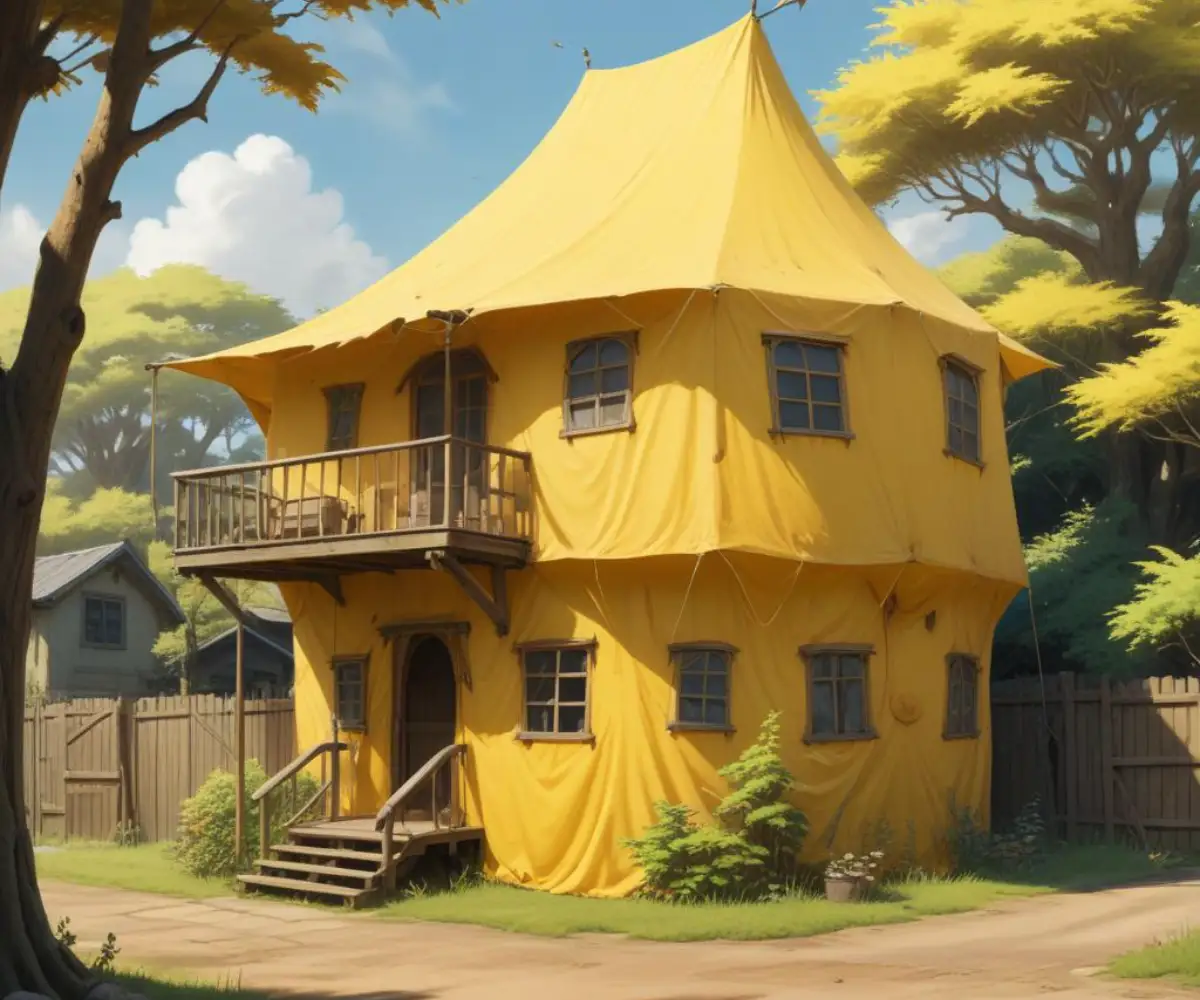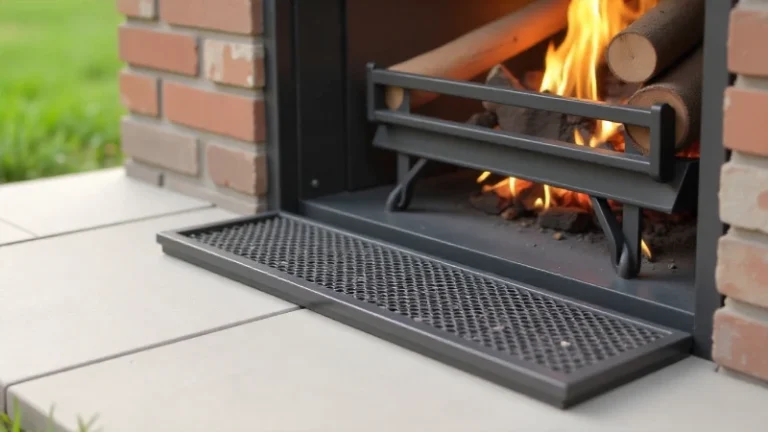Repair Before or After Fumigation? The Definitive Answer
You’ve discovered the unmistakable, gut-wrenching signs of a pest infestation. Whether it’s the hollowed-out wood from termites or other evidence of wood-boring beetles, one thing is certain: you need to act fast. Your pest control expert recommends fumigation, a process that involves tenting your entire home and introducing a gas to eliminate the infestation.
But this powerful solution presents a critical dilemma. You have damaged wood and other structures that need repair. Should you repair before or after fumigation? This single question can significantly impact the effectiveness of the treatment, your total costs, and your peace of mind.
You'll Learn About
Why the Timing of Repairs Is a Hotly Debated Topic
The core of the problem is a conflict of priorities. On one hand, you want the fumigant gas to penetrate every nook and cranny to ensure a complete kill. On the other hand, you want to restore the structural integrity and appearance of your home as efficiently as possible.
Many homeowners find themselves caught between conflicting advice from pest control operators and contractors. Some contractors may prefer to repair first to have a clean slate to work with. Conversely, pest control experts often advise waiting until after fumigation to ensure the treatment is successful and to properly assess the full extent of the damage.
The Case for Repairing Before Fumigation
At first glance, repairing damaged areas before tenting seems logical. Proponents argue that opening up walls, removing damaged wood, and exposing hidden galleries can enhance the fumigation process. This approach is built on the idea that fewer obstacles mean better gas circulation.
Additionally, some believe that sealing up new repairs after fumigation could inadvertently trap any surviving pests, leading to a re-infestation. However, this perspective often overlooks the sophisticated nature of modern fumigants and the primary goal of the treatment: total eradication.
The Stronger Case for Repairing After Fumigation
The overwhelming consensus among entomologists and veteran pest control professionals is to wait until after fumigation to perform most repairs. There are several compelling reasons for this approach, primarily centered on effectiveness, cost, and long-term success.
First and foremost, you must eliminate the pest colony completely. If you repair the damage but fail to eradicate the pests, they will simply move on to feast on the new materials you’ve just installed. It’s a costly and frustrating cycle. Fumigation ensures a clean slate by eliminating the active infestation throughout the entire structure.
Step-by-Step Guide: The Correct Order of Operations
Navigating a major pest infestation and the subsequent repairs can feel overwhelming. To simplify the process, follow this proven sequence to ensure you address the problem methodically and effectively, saving you time and money in the long run.
Step 1: Get a Professional Pest Inspection
Before you call a contractor, you need to know exactly what you’re dealing with. A licensed pest control inspector will identify the specific pest (e.g., drywood termites, powderpost beetles), determine the extent of the infestation, and recommend the most appropriate treatment. If fumigation is necessary, they will outline the preparation steps.
This initial inspection is non-negotiable. It provides the foundational knowledge you need to make informed decisions and prevents you from wasting money on repairs that don’t address the root cause of the problem.
Step 2: Proceed with Full-Structure Fumigation
Once the infestation is confirmed and deemed widespread, fumigation is often the only way to guarantee 100% eradication. The process typically takes 24 to 72 hours, during which your home will be tented and the fumigant administered. This gas penetrates deep into wooden structures, reaching colonies that are inaccessible to localized or spot treatments.
It’s crucial that this step comes before major repairs. Attempting to fix a termite-infested window sill before the fumigation is like putting a bandage on a wound that still needs surgery. You must solve the pest problem first.

Step 3: Conduct a Thorough Damage Assessment (Post-Fumigation)
With the pests gone, you can now safely and accurately assess the full scope of the damage. This is a key reason to delay repairs. Often, the visible damage is only the tip of the iceberg. Probing suspicious areas of wood can reveal hidden galleries and tunnels you were previously unaware of.
Work with a qualified contractor or structural engineer to inspect load-bearing walls, support beams, joists, and attic spaces. They will help you differentiate between cosmetic damage and critical structural issues that compromise your home’s safety.
Step 4: Execute All Necessary Repairs
Now is the time to bring in your contractor to perform the repairs. This can range from simple cosmetic fixes to extensive structural work. For minor issues like small holes, a wood filler or epoxy may suffice. However, wood that has lost its structural integrity must be replaced entirely.
For example, if you’re dealing with damaged window frames, you might need to know how to fix holes in an aluminum window frame as part of the restoration process. Always ensure new wood is properly sealed, primed, and painted to protect it from moisture and future pest threats.
Comparing Repair Timelines: Before vs. After Fumigation
The decision of when to schedule repairs can be confusing, with conflicting advice coming from different professionals. This table breaks down the pros and cons of each approach to help you make an informed choice based on expert recommendations.
| Timing of Repair | Pros | Cons |
|---|---|---|
| Before Fumigation | – May expose some hidden pest galleries. – Can feel proactive. |
– High risk of re-infestation as pests can move into new wood. – New repairs might obstruct gas flow. – The full extent of damage is unknown. – Wasted money if treatment fails and new wood is damaged. |
| After Fumigation | – Ensures all pests are eradicated before new materials are introduced. – Allows for a complete and accurate assessment of all damage. – Prevents wasting money on repairs that get re-infested. – Provides peace of mind that the problem is solved. |
– Requires living with visible damage for a slightly longer period. – A two-step process involving separate scheduling for pest control and contractors. |
Frequently Asked Questions About Fumigation and Repairs
Can’t I just have the damaged wood removed before fumigation?
While removing some damaged wood might seem like a good idea, it’s often counterproductive. The primary goal of fumigation is to kill the entire colony, including pests in areas you can’t see. Removing only the visibly damaged sections doesn’t guarantee you’ve removed all the pests, and the fumigation is still needed to handle the hidden infestation.
What if my contractor says repairs must be done first?
Some contractors may not be familiar with the nuances of pest control. Politely explain that your pest control expert has advised a specific order to ensure the treatment is effective. If the damage is so severe that it poses an immediate safety risk, temporary shoring or support can be installed before fumigation, with permanent repairs following after the pests are gone.
Will the fumigation gas damage my home?
Modern fumigants are designed to be non-residual, meaning they dissipate completely from the structure after the tent is removed. The gas does not leave behind any residue on furniture, clothes, or surfaces. The main preparation involves removing food, plants, and pets, and ensuring there are no sources of open flame.
How can I protect my home from future infestations?
After repairs are complete, focus on prevention. This includes sealing cracks and crevices in your foundation, ensuring proper drainage away from your home, and avoiding wood-to-soil contact. Consider a preventative treatment plan with a pest control company. Making your home more energy-efficient, perhaps by looking into options like those detailed in Mass Save insulation reviews, can also help seal up potential entry points for pests.
The Final Verdict: Patience Pays Off
When facing the disruptive and costly reality of a pest infestation, the urge to fix the visible damage immediately is understandable. However, the expert consensus is clear: always fumigate first and repair second. This methodical approach ensures that you are not just treating the symptoms (damaged wood) but curing the disease (the pest infestation).
By eradicating the pests before investing in new materials, you protect your investment, ensure the long-term structural health of your home, and gain the invaluable peace of mind that comes from knowing the problem has been solved correctly and completely.

